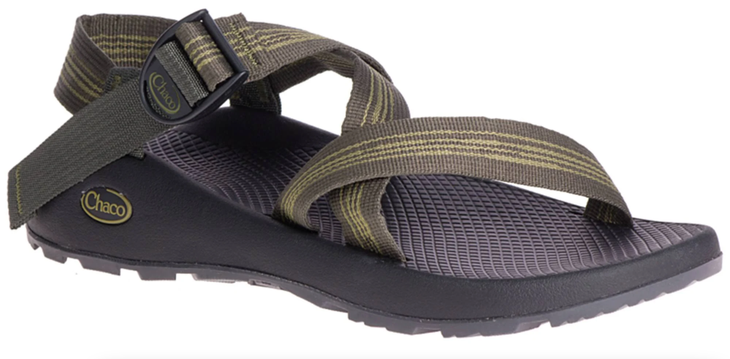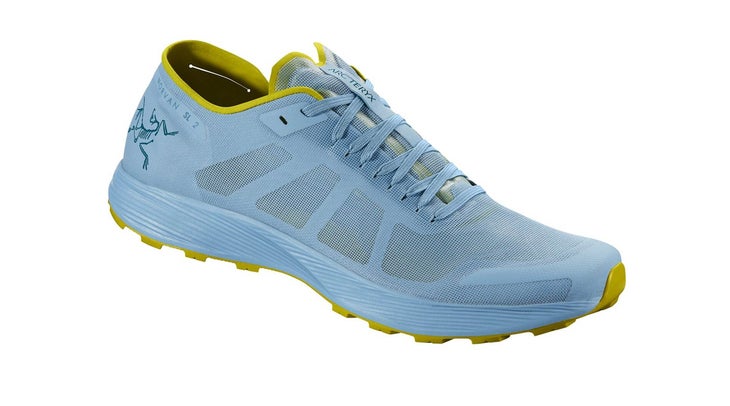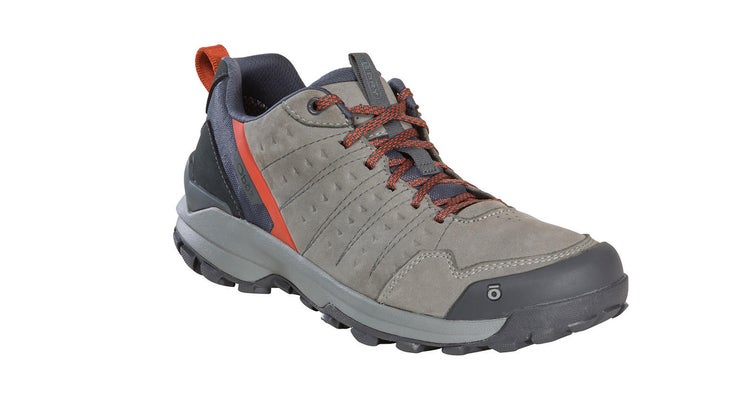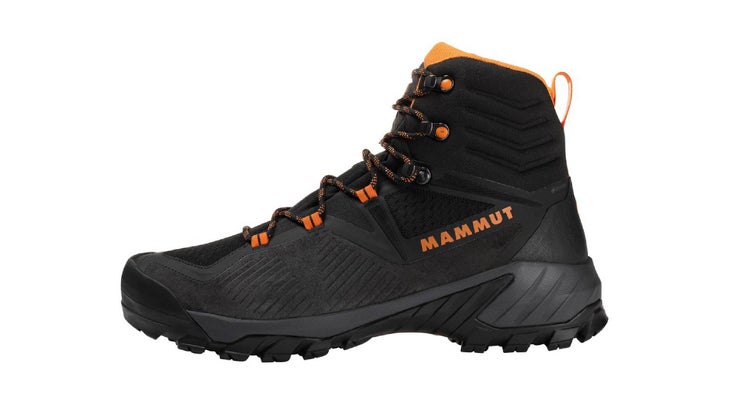Heading out the door? Read this article on the new Outside+ app available now on iOS devices for members! Download the app.

Hiking Sandals
Description: Sandals run the gamut from sturdy to minimalist, but you can count on less ankle support than a closed-toe shoe or boot.
Best for: Hiking in the heat, paddling on the water, or as camp footwear
Buying tips: For true adventure sandals, look for arch support, toe protection, grippy outsoles, and sock compatibility for chillier weather.
Backpacker’s Pick: Chaco Z/1 Classic (Buy Now / Read the Full Review)

Trail Running Shoes
Description: This lightweight, breathable footwear requires minimal break-in and optimizes nimbleness and speed over support.
Best for: Trail runs, thru-hikes, and fast-and-light adventures with minimal pack weight
Buying tips: Support and stiffness vary. If you plan to haul a pack or cover uneven terrain, look for shoes with a rock plate and aggressive tread.
Backpacker’s Pick: Arc’teryx Norvan SL (Buy Now / Read the Full Review)

Hiking Shoes
Description: Low-top footwear combines some of the benefits of trail runners and hiking boots. They are lighter than most boots but have more stability than most trail runners.
Best for: Dayhikes and backpacking with moderate loads
Buying tips: Try on in a store using an incline/decline ramp to make sure your toes and ankles are comfortable at different angles.
Backpacker’s Pick: Oboz Sypes Low Leather B-DRY (Buy Now / Read the Full Review)

Hiking Boots
Description: Traditional hiking footwear offers stability, durability, and protection for rocky, challenging miles.
Best for: Backpacking trips; folks whose bodies need more support and stability; hikes off-trail or over rough terrain; cold-weather hikes in snow or rain; folks who don’t want to replace footwear often.
Buying tips: Waterproof boots sound nice—but if you’re hiking in dry and warm conditions, they’ll only make you clammy and uncomfortable. Only go for waterproof boots if you anticipate lots of snow, mud, puddle jumping, or shallow, shoes-on stream crossings.
Backpacker’s Pick: Mammut Sapuen High GTX (Buy Now / Read the Full Review)

Mountaineering Boots
Description: Designed for the alpine, these can be paired with crampons for snow and ice travel.
Best for: Snowy summit pushes and ice climbing
Buying tips: Steeper routes require better crampon connectivity. Toe and heel welts offer the most secure fit for vertical ice. For mellow glacier travel, you can get away with strap-on or semiautomatic crampons (no toe welts needed).
Backpacker’s Pick: SCARPA Manta Tech GTX (Buy Now / Read the Full Review)
